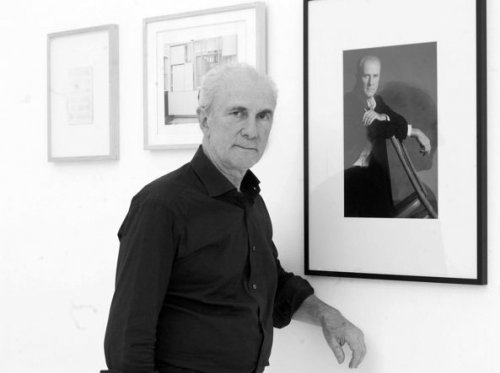
Massimo Minini
Born by Lake Iseo in 1944, Minini attended middle school and ginnasio in Lovere (going to school by bike: seven kilometres with his hands in his pockets). He transferred to Brescia to go to liceo classico (where he was one of the few students paying attention during history of art lessons) and then to Milan to study law (where he spent more time in art galleries than lecture theatres). Lawyer manqué, from 1971 to September 1973 he worked for Flash Art, and in October of the same year he opened his gallery in Brescia. He has 37 Basel art fairs to his credit and in the 1990s he was a member of the event’s commission, taking over from Lucio Amelio.
Author's books
Kiefer e Feldmann
Eroi e antieroi nell'arte tedesca contemporanea
Massimo Minini
pages: 68 pages
Following the logic of arriving at a definition through pairs of opposites (light/heavy, playful/serious), in this book Massimo Minini analyses and compares two artists who have come to symbolise German art at the turn of the millennium: Anselm Kiefer and Hans-Peter Feldmann.
On one side we have Kiefer, the impeccable heir of an art firmly rooted
